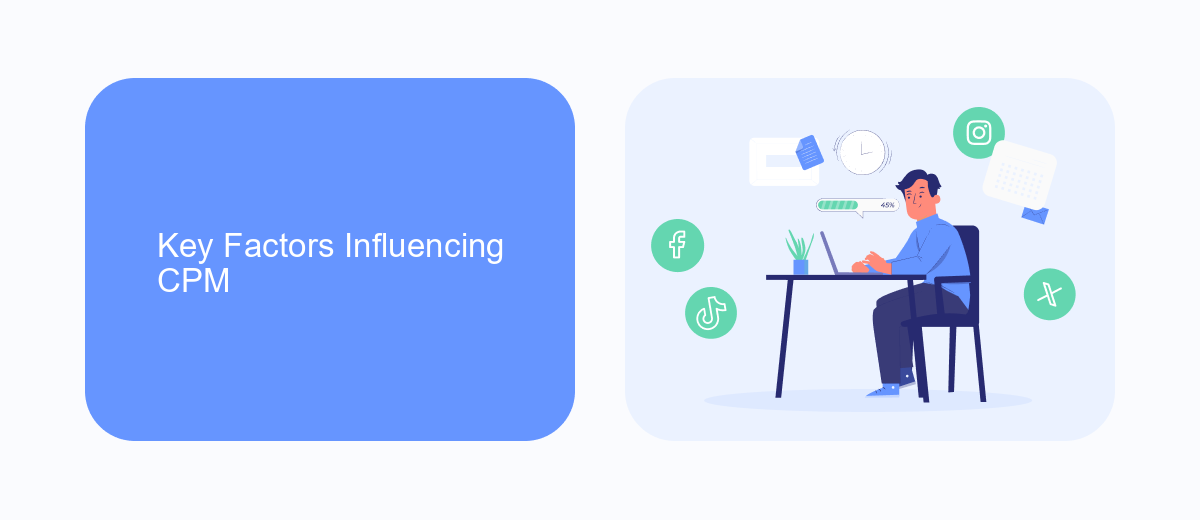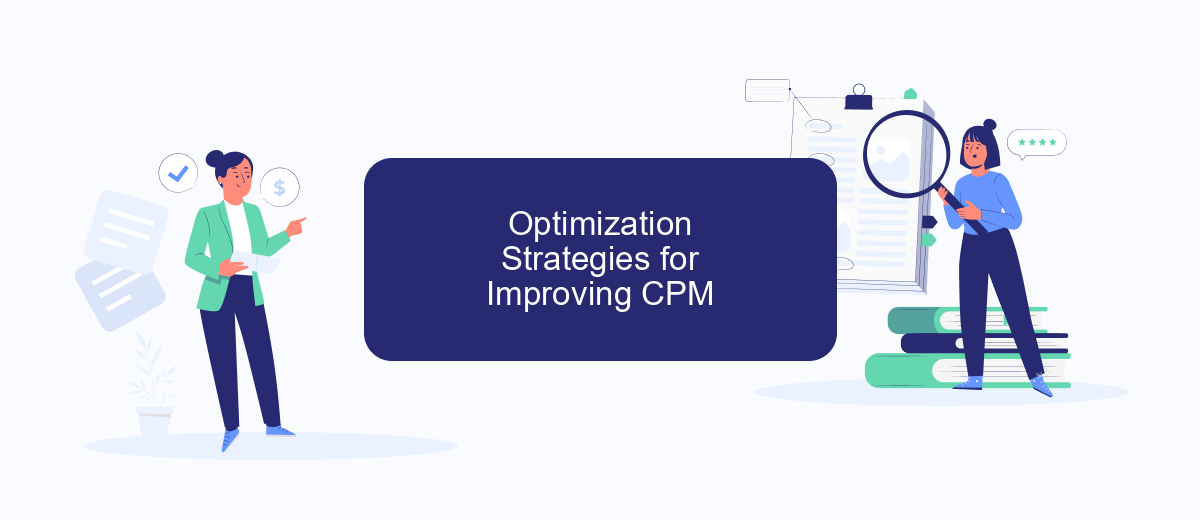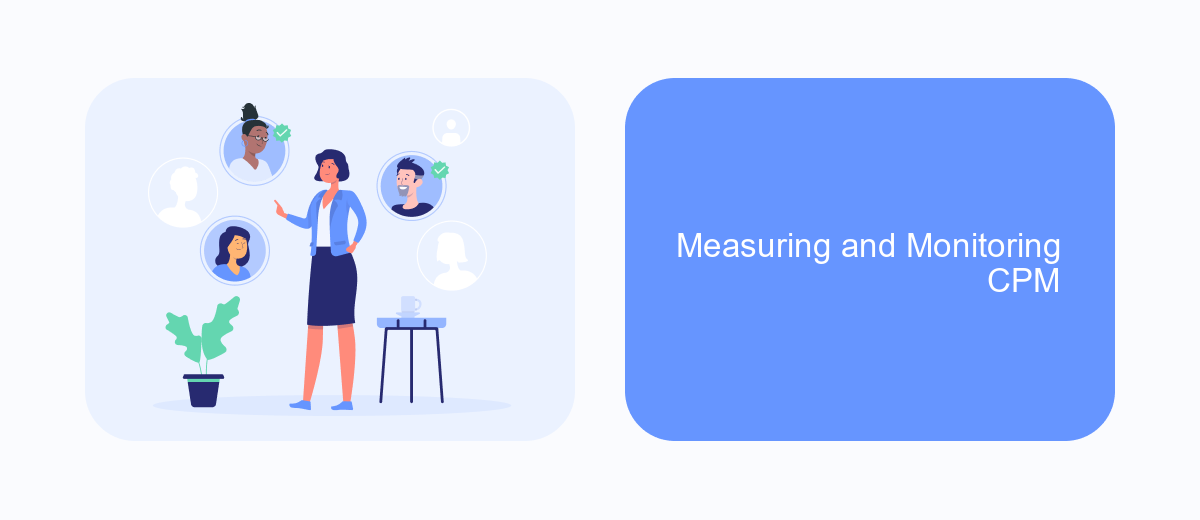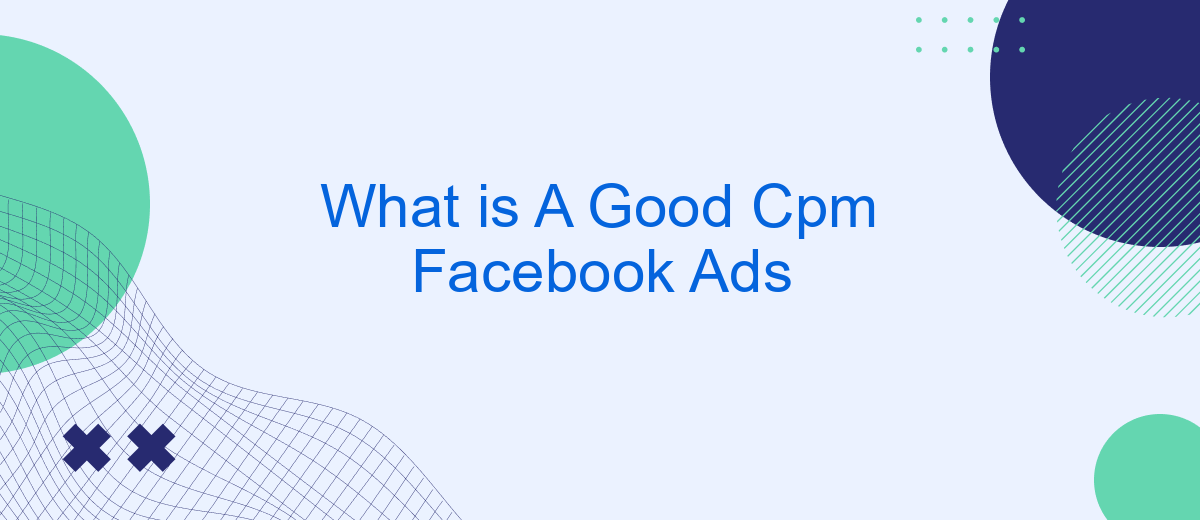When it comes to Facebook advertising, understanding Cost Per Thousand Impressions (CPM) is crucial for optimizing your ad spend. A good CPM can significantly impact the success of your campaigns by ensuring you reach a large audience without overspending. In this article, we'll explore what constitutes a good CPM for Facebook ads and how you can achieve it.
What is a Good CPM for Facebook Ads
Determining a good CPM (Cost Per Thousand Impressions) for Facebook Ads can be challenging as it varies across industries and target audiences. Generally, a good CPM for Facebook Ads ranges between to , but this can fluctuate based on several factors.
- Industry: Different industries have varying benchmarks for CPM.
- Target Audience: Niche audiences may have higher CPMs due to less competition.
- Ad Quality: High-quality ads often result in better engagement and lower CPMs.
- Seasonality: CPMs can vary depending on the time of year and specific events.
To optimize your CPM, consider using services like SaveMyLeads, which can help you streamline your ad campaigns through effective integrations. By automating lead management and ensuring your ads reach the right audience, you can achieve a more cost-effective CPM and improve your overall ad performance.
Key Factors Influencing CPM

Several key factors influence the Cost Per Thousand Impressions (CPM) on Facebook Ads. Firstly, the audience targeting plays a crucial role. The more specific and competitive the audience, the higher the CPM. For instance, targeting high-value demographics or niche markets can drive up costs due to increased competition. Additionally, the quality and relevance of the ad content significantly impact CPM. Ads that resonate well with the audience and have higher engagement rates typically enjoy lower CPMs as Facebook’s algorithm favors them.
Another essential factor is the time of year. During peak advertising seasons, such as holidays or major events, CPMs tend to rise due to heightened competition. Moreover, the bidding strategy chosen by advertisers can affect CPM. Manual bidding allows for more control but can lead to higher costs if not managed carefully. Lastly, integrating efficient tools like SaveMyLeads can streamline campaign management, ensuring that leads are captured and processed effectively, potentially optimizing overall ad spend and reducing CPM.
Optimization Strategies for Improving CPM

Optimizing your CPM on Facebook Ads can significantly enhance your return on investment. By focusing on strategies that improve ad relevance and audience targeting, you can achieve more cost-effective results.
- Refine Audience Targeting: Use Facebook's detailed targeting options to narrow down your audience. This ensures your ads are shown to users who are more likely to engage with your content.
- Improve Ad Quality: High-quality visuals and compelling ad copy can boost engagement rates, which in turn can lower your CPM. Regularly test different creatives to find what resonates best with your audience.
- Utilize Automated Tools: Services like SaveMyLeads can help you automate and optimize your ad campaigns. By integrating your Facebook Ads with other platforms, you can streamline your marketing efforts and improve overall efficiency.
By implementing these strategies, you can not only reduce your CPM but also enhance the overall performance of your Facebook Ads. Continuous monitoring and adjustment are key to maintaining optimal results.
Measuring and Monitoring CPM

Measuring and monitoring CPM (Cost Per Mille) for Facebook Ads is crucial for optimizing your advertising budget and improving campaign performance. CPM represents the cost of 1,000 ad impressions, and tracking this metric helps you understand the efficiency of your ad spend.
To effectively measure CPM, you should regularly review your Facebook Ads Manager dashboard. This tool provides detailed insights into your ad performance, including CPM, reach, and engagement metrics. Consistent monitoring allows you to identify trends and make data-driven adjustments to your campaigns.
- Set up automated reports in Facebook Ads Manager to receive regular updates on CPM.
- Use SaveMyLeads to integrate Facebook Ads with other marketing tools for streamlined data analysis.
- Monitor audience targeting and ad placements to ensure optimal CPM rates.
By leveraging tools like SaveMyLeads, you can automate data collection and integration, making it easier to track CPM across various platforms. Regularly analyzing this data ensures that your ad campaigns remain cost-effective and achieve desired results.
Conclusion
In conclusion, determining a good CPM (Cost Per Mille) for Facebook Ads largely depends on various factors such as industry, target audience, and campaign objectives. Generally, a lower CPM indicates cost-efficiency, but it's crucial to balance cost with the quality and relevance of the ad placements. Advertisers should continuously monitor and optimize their campaigns to achieve the best possible results.
For businesses looking to streamline their Facebook Ads integration, services like SaveMyLeads can be invaluable. SaveMyLeads offers seamless integration with various platforms, automating lead data transfers and ensuring that your marketing efforts are both efficient and effective. By leveraging such tools, you can focus more on optimizing your ad strategies and less on the technical complexities, ultimately driving better performance and achieving a higher ROI.
FAQ
What is a good CPM for Facebook Ads?
How can I reduce my CPM on Facebook Ads?
Why is my CPM so high on Facebook Ads?
How do I track and analyze my CPM for Facebook Ads?
Can automation tools help improve my Facebook Ads CPM?
If you use Facebook Lead Ads, then you should know what it means to regularly download CSV files and transfer data to various support services. How many times a day do you check for new leads in your ad account? How often do you transfer data to a CRM system, task manager, email service or Google Sheets? Try using the SaveMyLeads online connector. This is a no-code tool with which anyone can set up integrations for Facebook. Spend just a few minutes and you will receive real-time notifications in the messenger about new leads. Another 5-10 minutes of work in SML, and the data from the FB advertising account will be automatically transferred to the CRM system or Email service. The SaveMyLeads system will do the routine work for you, and you will surely like it.
